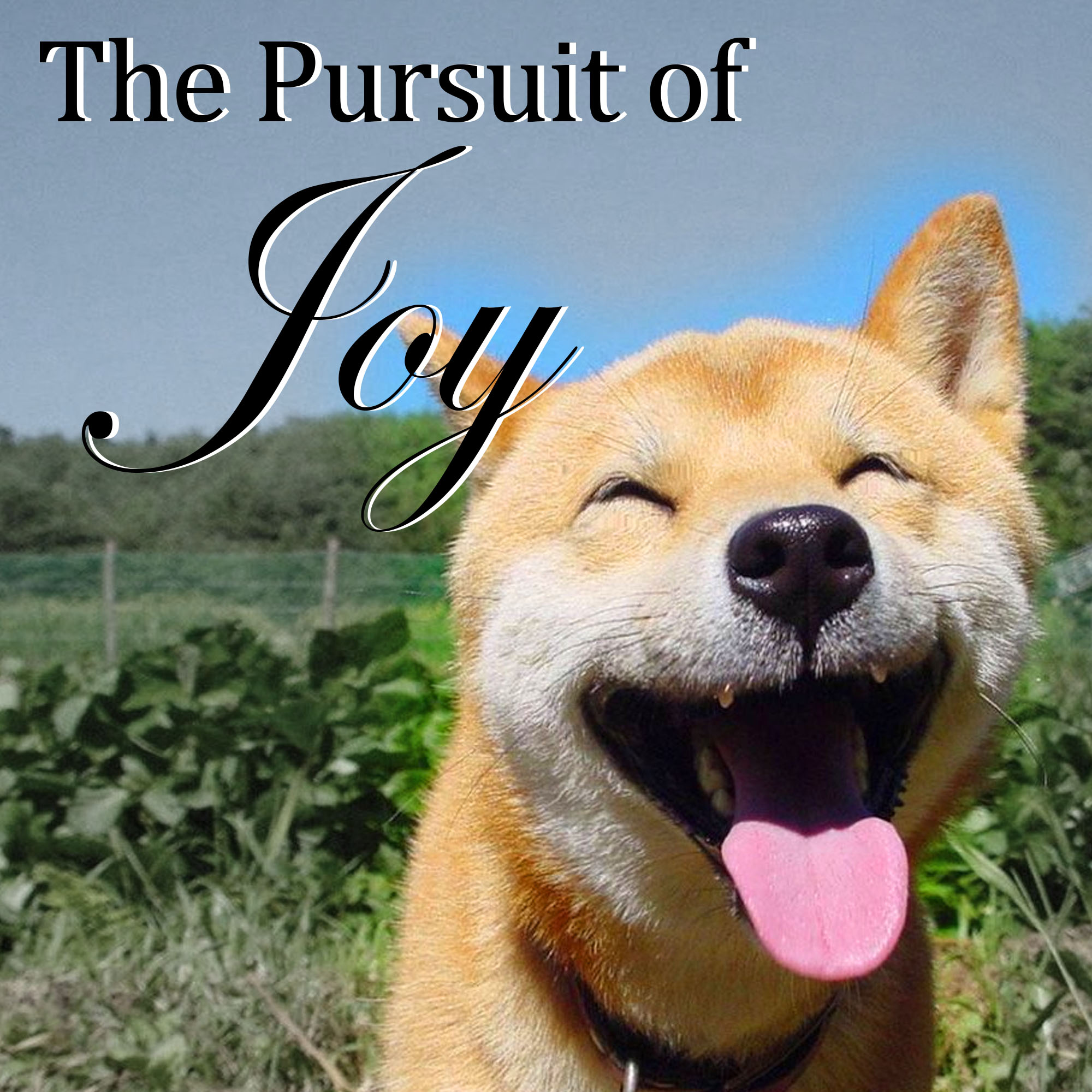

The Pursuit of Joy: Maintaining Hope and Resilience When the Struggle is Real
By Pansorn Benyasut, Psy.D.
Published July 8, 2022
One question that I find myself coming back to at different times in life, is how does one handle struggles? And what sets apart the individuals who have not only survived but come through the difficulties they experience thriving? This seems like an important question, because we all go through suffering, and it is not so much a matter of if but rather when. I find myself desiring to write a survival guide for myself for how to go through suffering. I don’t think I can write a complete manual yet, but I wanted to share some thoughts from what I learned from reading, TED talks, Disney, and my work and experiences (all equally valid sources). So here goes:
1) Take it one step at a time or as Anna put it, just “do the next right thing.” This first point is very simple and sometimes seem too simple to really work, but it does. I find that many times when I am stressed, burnt-out, overworked I tend to group my stress together to make a strong case for why life is too much right now. And while I think there are times when we need to step back and take a break, often there are some things we can do that are manageable. And completing these things can help us regain a sense of competency when life feels chaotic.
2) Know your limits and allow for breaks (aka you’re human, act like it). Our culture sometimes promotes the idea that it is virtuous to work ourselves to the ground. It is ideal to act like we don’t have human limitations. However, here’s an important truth, we are human and have very real limitations. I believe these limitations are not a sign of being inadequate, but an invitation to rest. Because as much as work is an important part of our life, so is rest. And I believe that when we learn to live the rhythm of work and rest that is part of the symphony of life, we will learn to live out a beautiful tune.
3) Don’t forget to play. Play is not only BENEFICIAL but ESSENTIAL. As it turns out play is an important part of our experience, not just for children, but also grown humans. Play is where we learn to connect to joy and humor which are important parts of the human experience. It is one way in which we can strengthen our friendships and connections with others. So, here’s my invitation, give yourself a chance to discover where you experience joy and call others into that experience with you. Because joy is contagious!
4) Don’t be an island…connect! I believe that one of the most insidious lies that we can experience is that we are alone. This is especially tempting when we are stressed out, depressed, anxious, traumatized, and/or grieving. It can be easy to isolate and retreat when we feel overwhelmed or have been hurt in relationships. (And that make sense. We want to protect ourselves from hurt). And we were wired to connect and feel the impact of it when do not. Connections also remind us that we are a part of something beyond ourselves, which can contribute to a sense of purpose and community.
So there. These are my points that I would want to remind myself when I am going through a difficult trial. And I know I would want to include it in my “survival guide for those who struggle.” I love the idea of a survival guide for times of distress, but I guess maybe a more accurate way to put it would be a guide to “thriving” rather than simply “surviving.” (mic drop)
References
- Ali, W. (2022, March 9). 3 ways to find hope in hopeless times [Video]. TED Talks. https://www.ted.com/talks/wajahat_ali_3_ways_to_find_hope_in_hopeless_times
- Brown, S. (2008) Play is more than just fun. (2008). [Video]. TED Talks. https://www.ted.com/talks/stuart_brown_play_is_more_than_just_fun.
- Gordon, G. (2014). Well Played: The Origins and Future of Playfulness. American Journal of Play, 6(2), 234–266.
- Lee, J., & Buck, C. (Director). (2019). Frozen II [Film]. Walt Disney Studios Motion Pictures.
- McLouglin, L., Spears, B., & Taddeo, C. (2018). The Importance of Social Connection for Cybervictims: How Connectedness and Technology Could Promote Mental Health and Wellbeing in Young People. International Journal of Emotional Education, 10(1), 5–24. Leather, M., Harper, N., & Obee, P. (2021). A Pedagogy of Play: Reasons to Be Playful in Postsecondary Education. Journal of Experiential Education, 44(3), 208–226.
- Singh, M. (2010). College Students’ Perceived Happiness and Involvement in Stress, Social Connections, and Spirituality.
- Xiangyou Shen, Garry Chick & Nicholas A. Pitas (2017) From playful parents to adaptable children: a structural equation model of the relationships between playfulness and adaptability among young adults and their parents, International Journal of Play, 6:3, 244-254, DOI: 10.1080/21594937.2017.1382983

